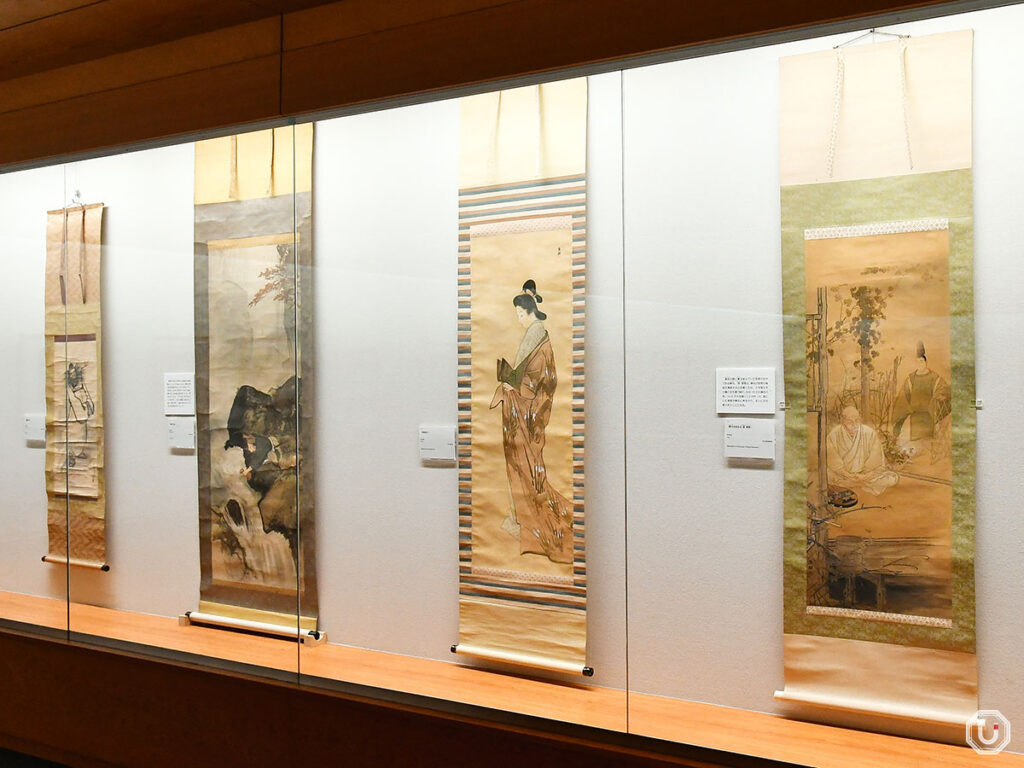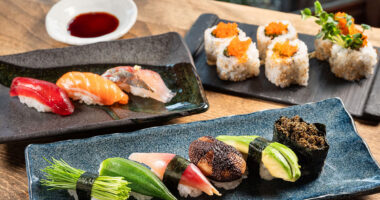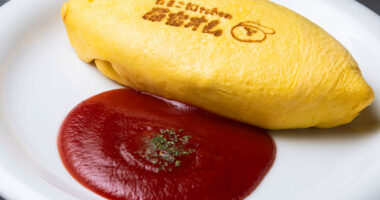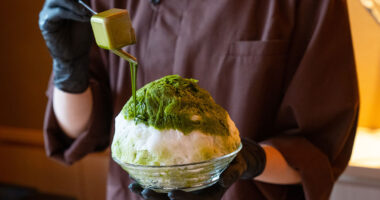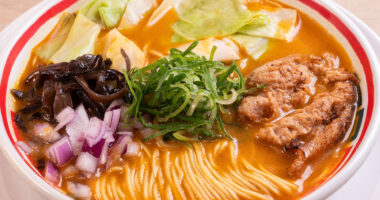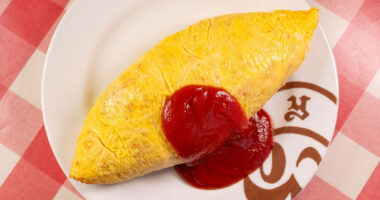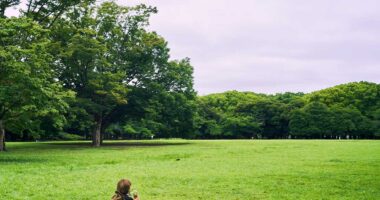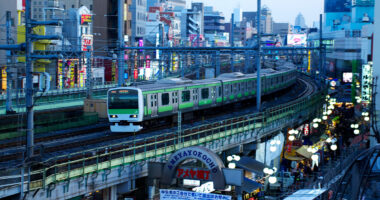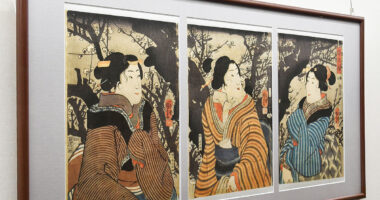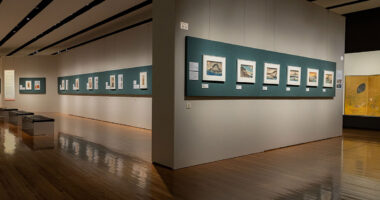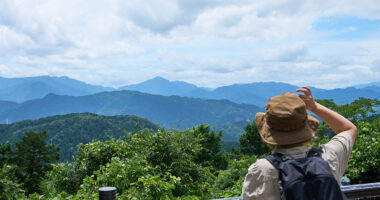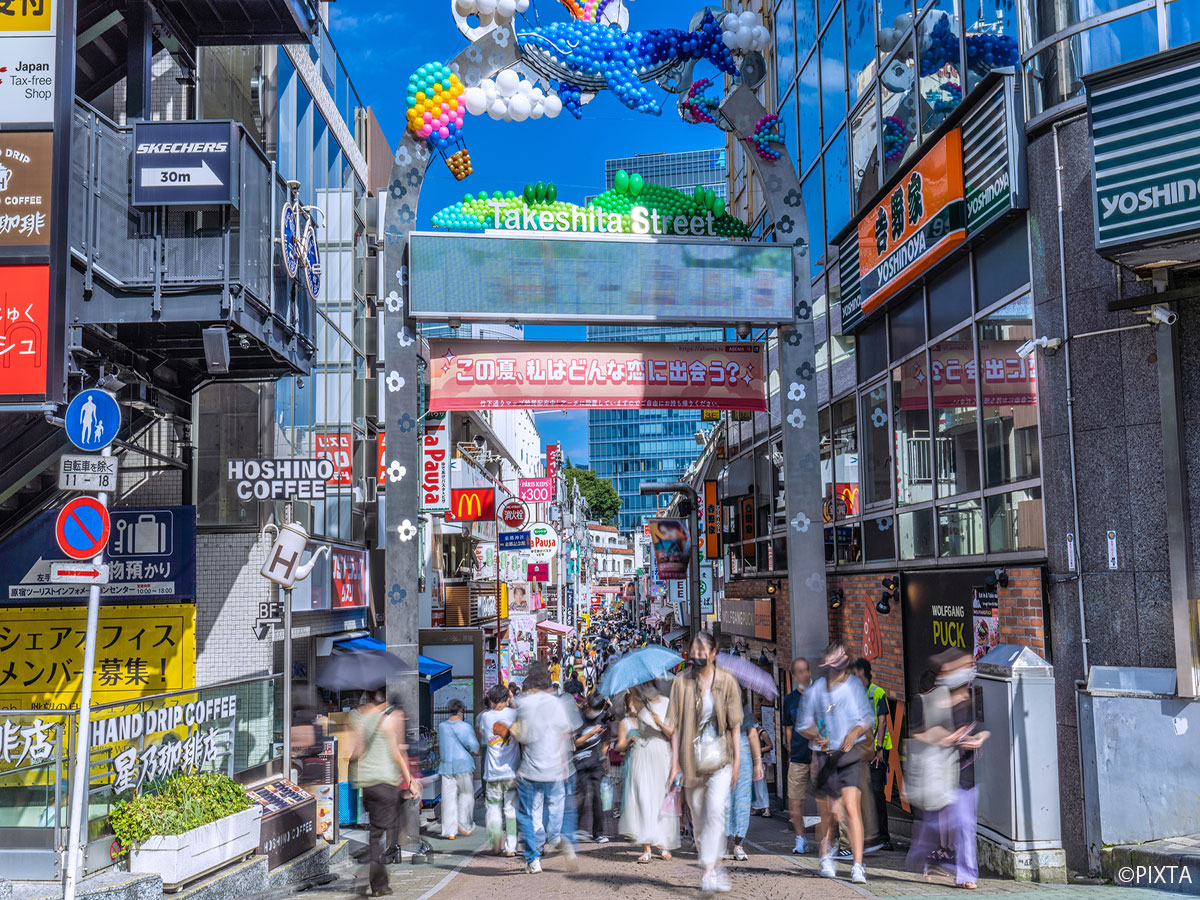Nestled slightly away from the hustle and bustle of Shibuya and Harajuku, the Ota Memorial Museum of Art houses and exhibits a magnificent collection of ukiyo-e artwork (traditional Japanese woodblock paintings and prints) collected by the late businessman Seizō Ota V (1893-1977).
The museum boasts one of the world’s largest ukiyo-e collections, featuring masterpieces by renowned artists such as Katsushika Hokusai, Utagawa Hiroshige, and Kitagawa Utamaro. Spanning the flourishing period of ukiyo-e to its decline, the works cover a wide range of eras.
An ukiyo-e museum hidden in the backstreets of Harajuku
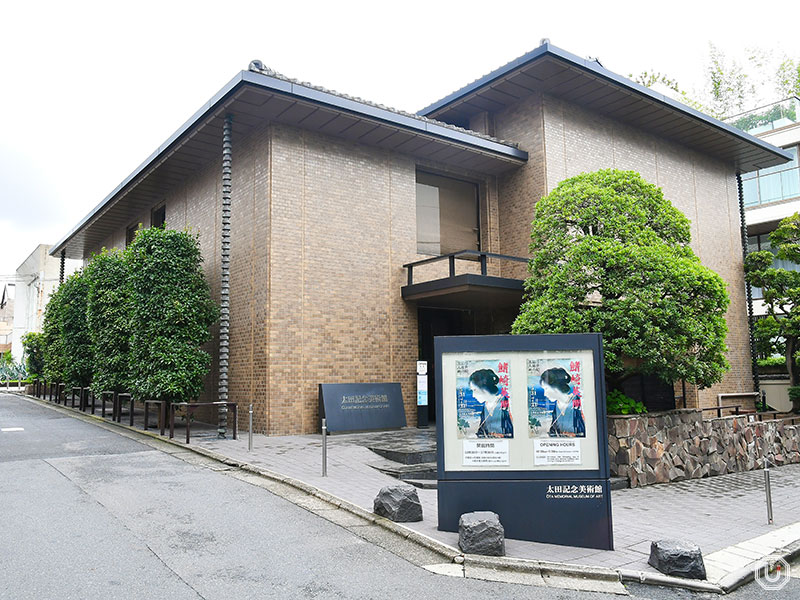
Exterior of Ota Memorial Museum of Art
Just a five-minute walk from JR Harajuku Station, in a quieter street one turn off bustling Omotesando, stands the Ota Memorial Museum of Art.
To enjoy the exhibits at your own pace, it’s best to store your belongings in the coin lockers beside the reception. These lockers are not large enough for big suitcases, so visiting light is recommended.

Small luggage can be stored at reception
Once you step inside, the noise of Harajuku seems to vanish. In the center of the exhibition space lies a small stone garden, lending a distinctively Japanese atmosphere to the serene setting.
The exhibition begins on the first floor and continues upstairs to the second. The museum allows you to get remarkably close to the works, so you can appreciate the fine details of each print.
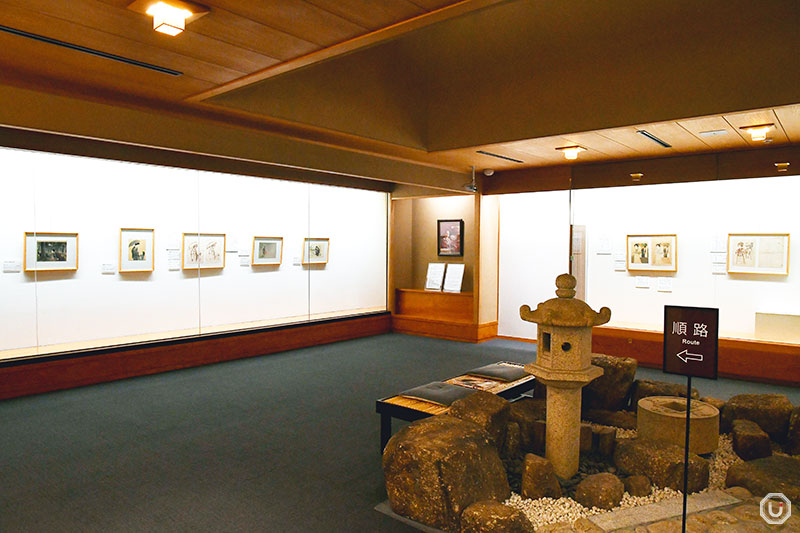
Interior of Ota Memorial Museum of Art
A vast collection showing a whole new world of ukiyo-e
The museum’s core holdings consist of over 15,000 ukiyo-e works carefully gathered over the lifetime of Seizō Ota V.
Among them are around 500 nikuhitsu ukiyo-e (hand-painted ukiyo-e) created directly by the artists, and roughly 10,000 ukiyo-e woodblock prints produced through the combined efforts of painter, carver, and printer. The collection continues to grow through purchases and donations.
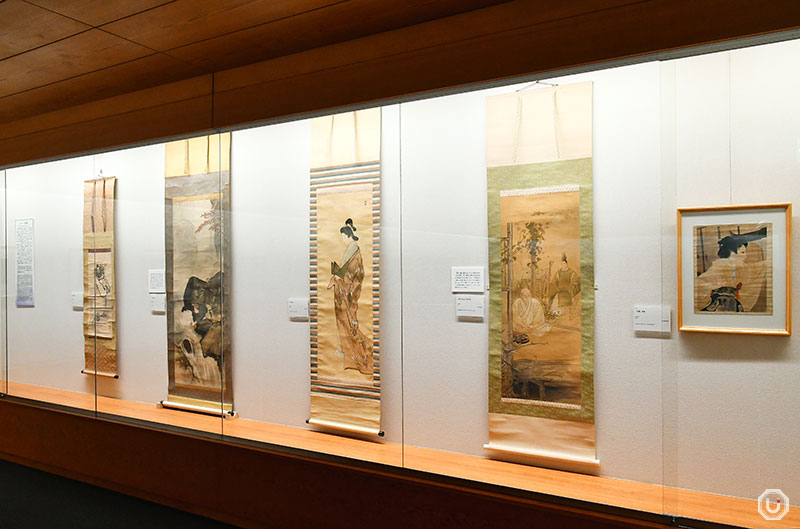
Alongside mass-produced ukiyo-e woodblock prints, rare hand-painted ukiyo-e are also on display.
The scope is extensive—tracing the history of ukiyo-e from its early days in the mid-16th century to its decline in the early 18th century.
During Ota’s lifetime, the works were rarely shown to the public, but after his death in 1977, his family’s efforts led to the founding of the museum.
Today, the museum not only preserves and exhibits Ōta’s collection and advances research on ukiyo-e, but also operates with an eye toward the future—100 or even 200 years from now.
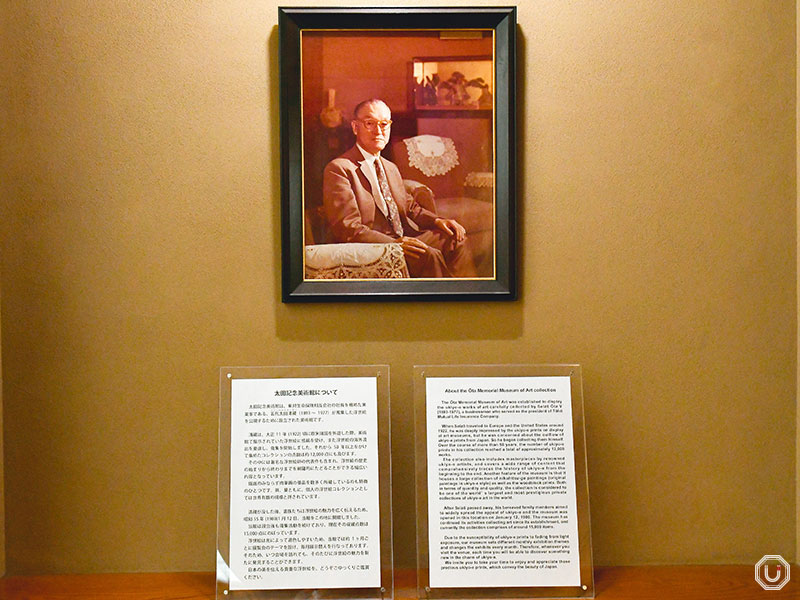
Seizō Ota V, who also served as chairman of Toho Mutual Life Insurance Company
Bringing hidden gem artwork into the spotlight
Because ukiyo-e is highly sensitive to heat and light, long-term display is unsuitable. For this reason, the museum changes its exhibits every one to several months, curating each show around a specific theme.
The collection includes not only works by renowned artists such as Katsushika Hokusai, Utagawa Hiroshige, and Kitagawa Utamaro. This commitment to showcasing hidden talent is one of the museum’s defining features.
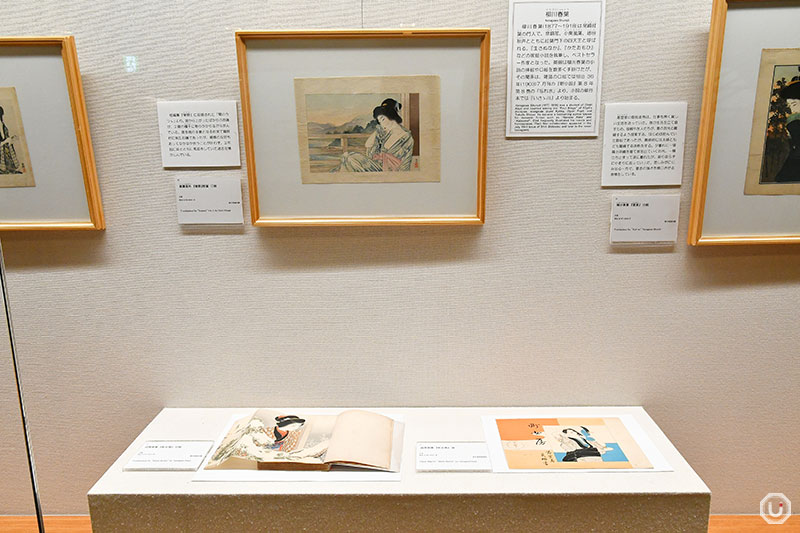
You can check the exhibition schedule at the Ota Memorial Museum of Art official website
For example, in the July 2025 exhibition, the featured artist was Hirezaki Eihō (active from the late Meiji era to the early Showa period), known primarily for book illustrations and frontispiece art. His delicate lines depicted beautiful women tinged with a shadowy allure—a style that captivated readers of his time and still feels fresh today.
However, the artist’s name is not very well-known today. That is precisely why the Ota Memorial Museum of Art brings to the forefront talented figures like Hirezaki Eihō—artists who have yet to be fully studied or receive due recognition.
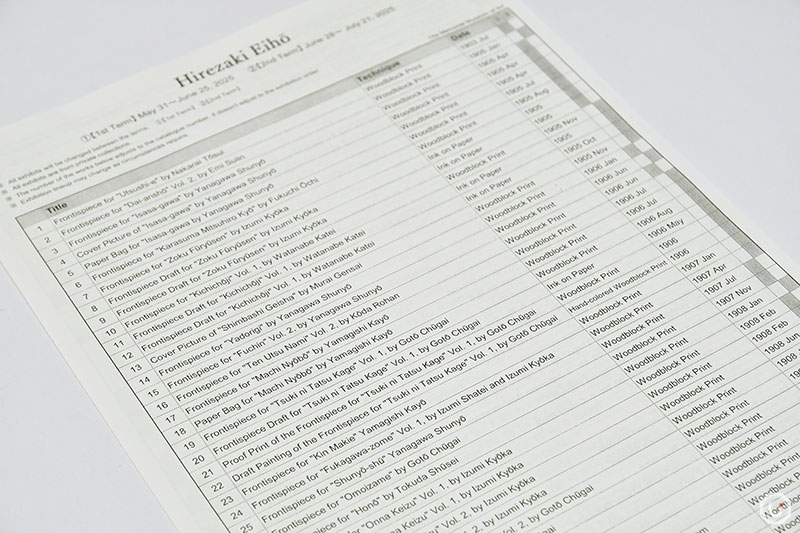
Work lists for special exhibitions are also available in English
It is thanks to the curators—who possess one of the world’s largest collections along with deep knowledge and affection for ukiyo-e—that hidden artists and their works are carefully recognized for their appeal and placed center stage in special exhibitions.
Masterpieces you have yet to see await you at the Ota Memorial Museum of Art.
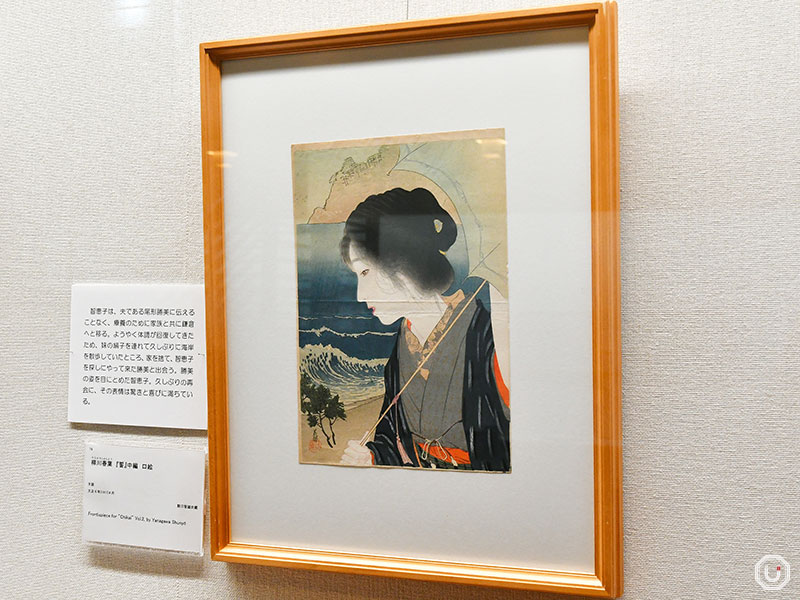
The exhibition “Hirezaki Eihō” featured around 190 works, including woodblock prints, lithographs, hanging scrolls, and preparatory drawings
A museum where you can enjoy ukiyo-e in your own way
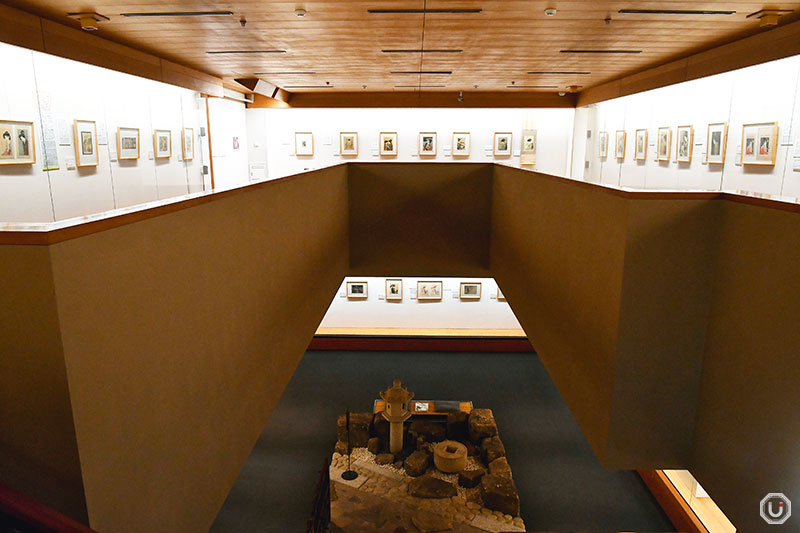
Interior of Ota Memorial Museum of Art
Visitors to the Ota Memorial Museum of Art come from diverse backgrounds and nationalities. Older Japanese visitors often appreciate ukiyo-e with deep cultural and historical understanding, while younger people and international guests may view it as one among many forms of Japanese artistic expression—offering fresh perspectives.
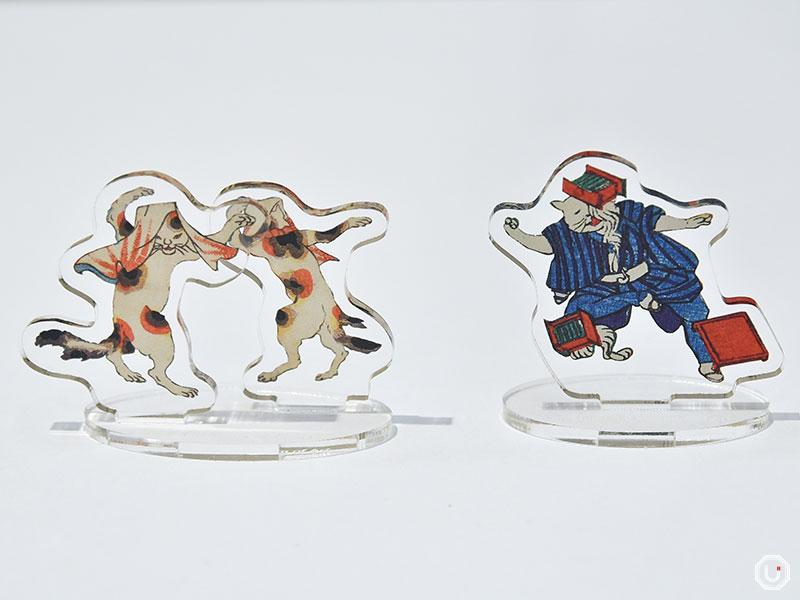
Original merchandise at Ota Memorial Museum of Art
Ukiyo-e has influenced manga and anime, and is considered a root of Japanese pop culture. Having captured the hearts of the masses during the Edo period, these works continue to fascinate audiences worldwide centuries later.
Information
| Facility name | 太田記念美術館 Ota Memorial Museum of Art |
|---|---|
| Address | 1-10-10 Jingumae, Shibuya-ku, Tokyo
|
| Access |
Meiji-jingumae ‘Harajuku’ Station 3-minute walk from Exit 5
Harajuku Station 5-minute walk from Harajuku Station Omotesando Exit
|
| Phone number | 03-3403-0880(”Hello Dial” general information) |
| Hours | 10:30-17:30(last admission is 30 minutes before closing) |
| Closed | Monday(open if Monday is a nat’l holiday; closed the following weekday) unscheduled holidays due to exhibition changes and New Year’s holidays |
| Admission |
General admission varies by exhibition; please check the museum’s official website for details Free for junior high school students (ages 13 to 15); students aged 16 and over must present student ID Elementary school students (ages 6 to 12) or younger must be accompanied by a guardian Disability certificate (includes one companion) / 100 JPY discount (certificate required) ai no-techō (Intellectual disability certificate), ryōiku-techō (Developmental Disability Certificate), Mental disability certificate, and Atomic Bomb Survivor’s Handbook must be confirmed on a case-by-case basis |
| Official website | https://www.ukiyoe-ota-muse.jp/ |
| Pamphlets | None |
| Exhibit audio guides | None |
※All museum information in this article is accurate as of August 2025。
